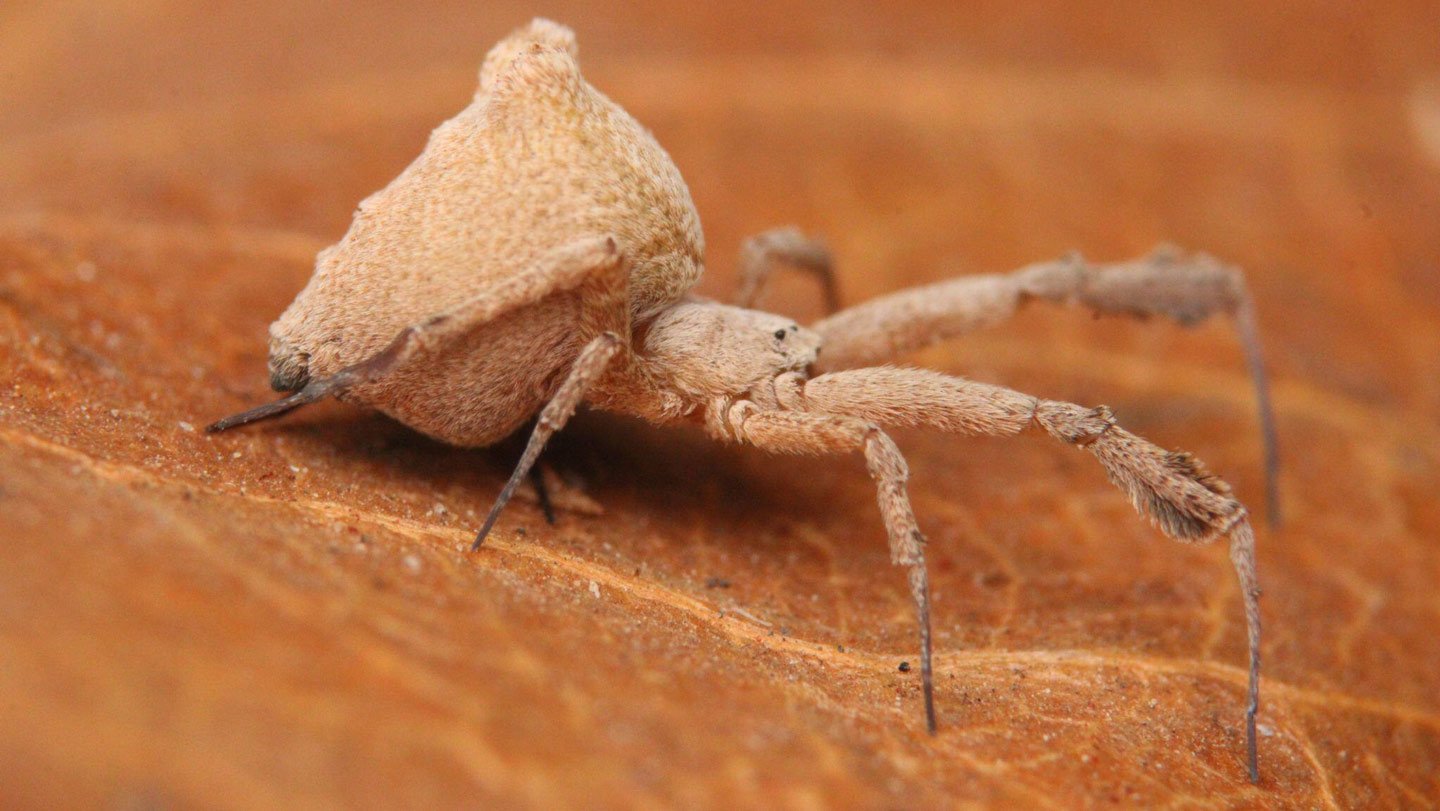A single drawing from a 94-year-old scientific paper has revived interest in one of the more roundabout ways a spider preps its dinner. First swathe a fruit fly or other tidbit of prey in silk. Then throw up toxins all over it.
“I was like … what are you talking about?” says evolutionary biologist Giulia Zancolli of the University of Lausanne in Switzerland as she remembers the moment she read this detail when reviewing another lab’s scientific paper for possible publication in a journal. Tracing back the references, she eventually ended up with a drawing from a 1931 paper. “That was the only evidence we had.”
Yet that predation-by-silk-and-toxic-barf turns out to be exactly how the spider called a feather-legged lace weaver (Uloborus plumipes) kills its meals. Zancolli and colleagues describe the novel food prep June 12 in BMC Biology.
To find spiders to study, she and colleagues scoured plant shops and landscaping nurseries, where the lace weaver spiders hunt dinner. “You would probably not even notice them,” she says. With “very delicate” bodies, they often fold their front pair of legs forward, easily mistaken for “a piece of dry leaf.” A bit of prey gets wrapped in silk, hundreds of meters swathing one catch.
The vast majority of spider species subdue their dinner by injecting venom from their fangs, though with some exotic twists. But cross sections of U. plumipes spiders’ heads revealed round bundles of muscles where venom glands should be — perhaps to power their kill style. Zancolli and colleagues also confirmed that the spider fangs have no ducts for injecting anything. Instead, researchers found signs in gut tissue of genes producing ample, potent toxins.
Biologists reserve the term venom for an injected poison. But the spiders’ upchucked toxins, particularly from the midgut, proved as deadly as the venom of common house spiders. Injections of the stuff rapidly killed fruit flies.
But the spiders take no chances when it comes to dosing: They don’t just drool a bit on their silk-prepped meal, Zancolli says. They slather the silk-wrapped dinner liberally.
Getting to the point
See how a feather-legged lace weaver spider’s fangs differ from those of most other spider species. Toggle back and forth for comparison. These close-ups provided one clue to the unusual way these spiders kill their prey: by throwing up toxins rather than injecting venom.
-
This fang from a feather-legged lace weaver delivers nothing deadly since there are no ducts attached. The pits pointed out in the close-up do not appear to lead to any venom plumbing. X. Peng et al/BMC Biology 2025 -
An exit hole in a typical spider fang delivers the venom that slays whatever’s for dinner. X. Peng et al/BMC Biology 2025
Source link
Share via:




